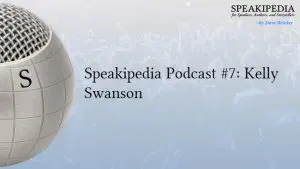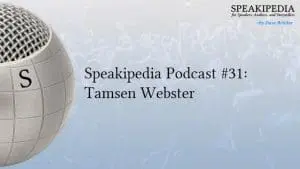Joseph Campbell’s “Hero’s Journey” model offers a story structure that’s been used to create many successful narratives.
Star Wars is a classic Hero’s Journey.
Here’s how it works:
- Introduce the hero living in their Ordinary World.
- They hear a call to adventure
- They refuse the call. There’s work to do.
- A teacher arrives.
- And they cross the first threshold. The hero leaves their comfort zone.
- The hero is tested. Allies and enemies, friends, and roadblocks appear.
- The hero gets closer to the goal.
- We get to the ordeal: the biggest test yet!
And there are four more steps.
Why am I dropping my Hero’s Journey exposition?
Because we’re speakers, not epic film creators!
We don’t have time for twelve-step storytelling programs.
And the hero in a speaker’s story is not Luke Skywalker.
It’s the individuals in our audiences.
The more detail we add, the less likely it will be that they will feel our story is about THEM.
We need to tell short, concise, powerful stories that everyone in the room can relate to.
The hero’s journey offers a compelling way to create epic dramas, and it does offer useful constructs like the hero and the guide.
But when it comes to speaking, you’ll be better served to use a simpler model like StorySailing® or the CAST Call system.
[links]





